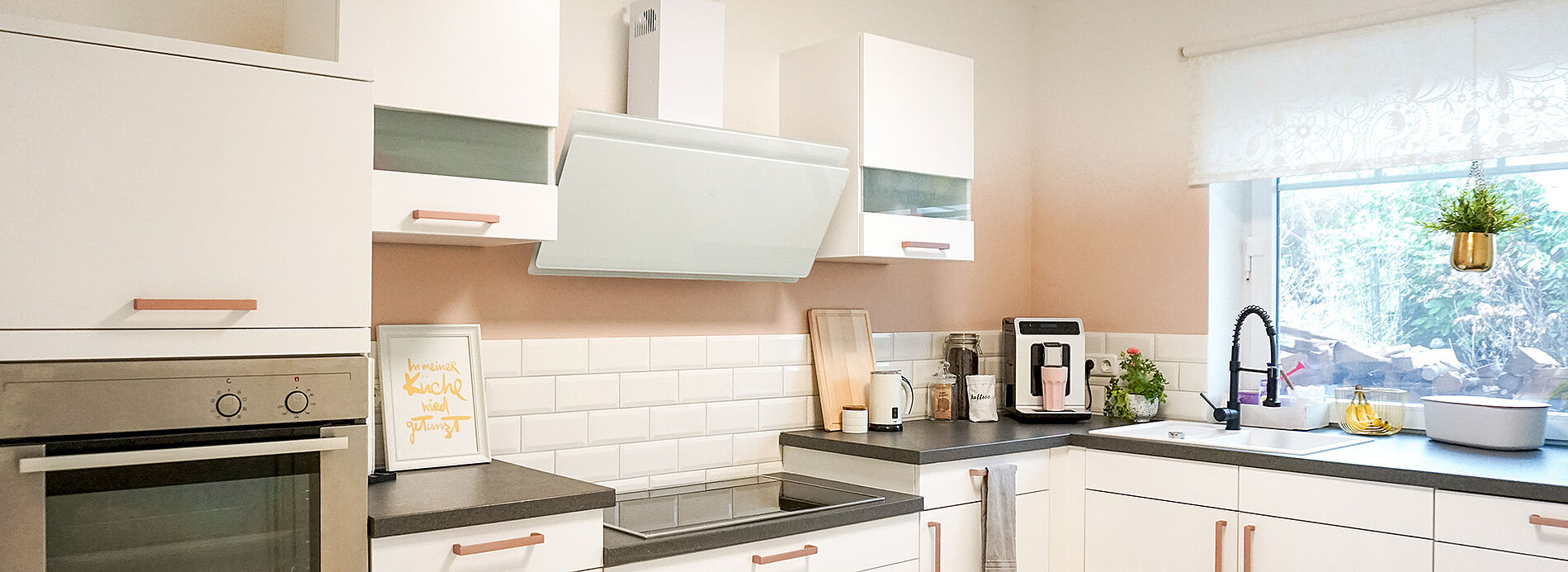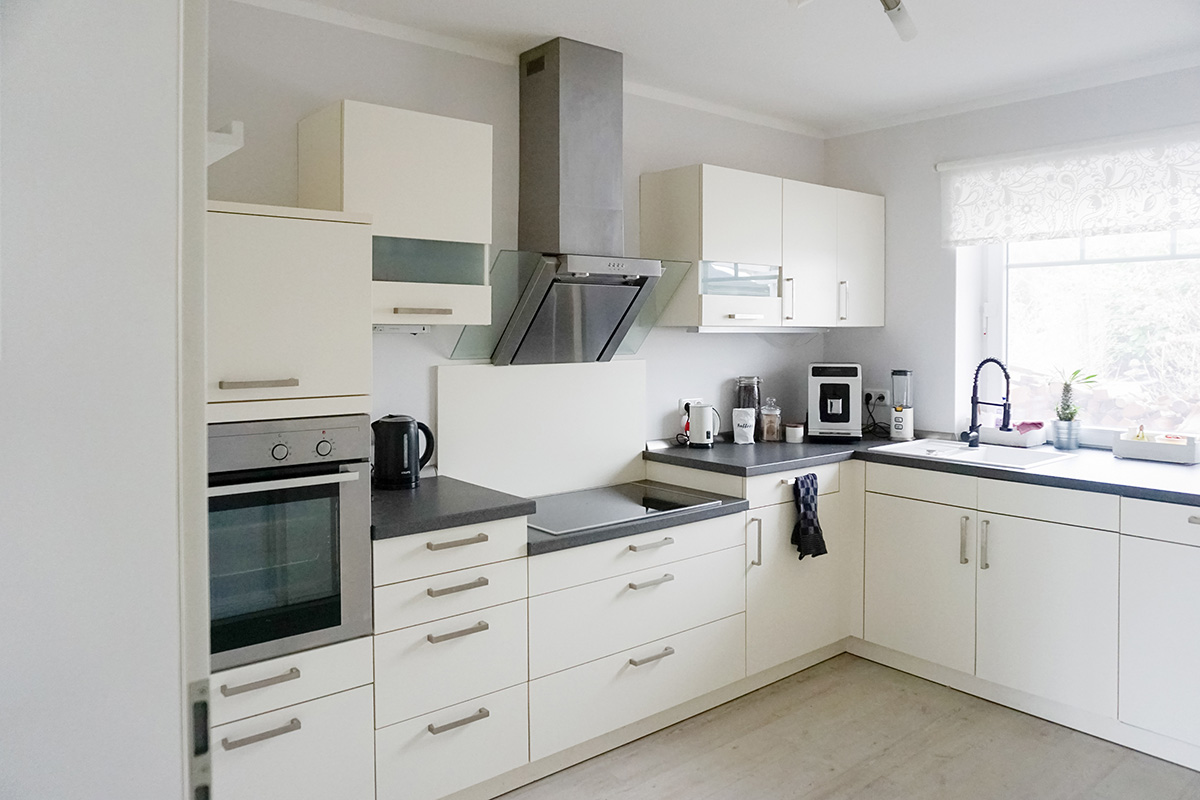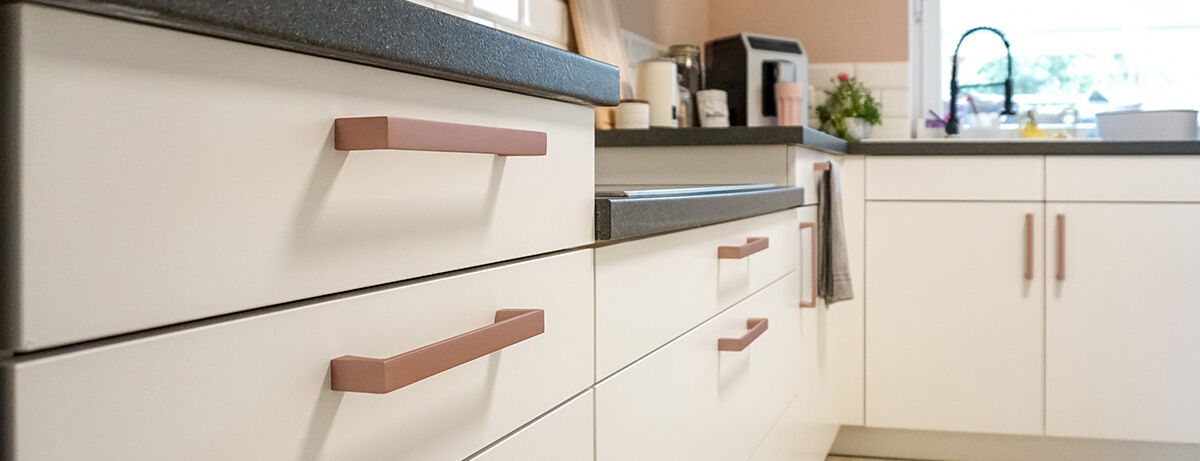“I used to like it” – who doesn‘t know this statement, no matter whether people talk about clothes, hairstyles or the furnishings. Dress style and hairstyle can easily be changed, but when it comes to built-in furniture, for example in kitchens, it can quickly become complex and expensive.
Contact
Language:
International •
English
- Do-it-yourself Do-it-yourself
- Contractor Contractor
- Industry Industry
- Company
- Careers
-
Contact
Language: International • English







